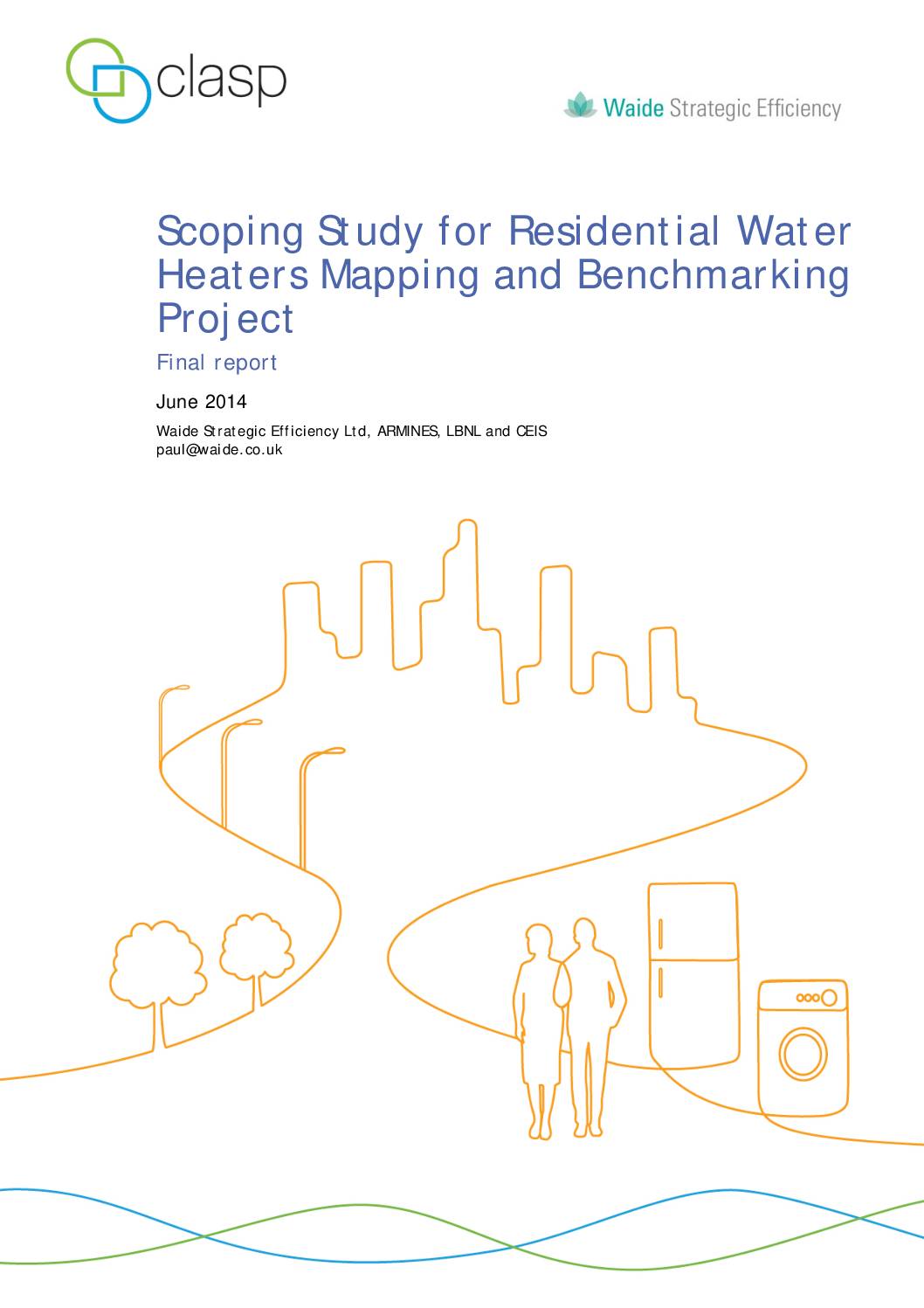In most economies, water heating appliances are some of the most energy-consuming, and typically account for 15% to 25% of energy in the residential sector. Globally, heating water in the residential sector may use as much as 11 petajoules per year.
CLASP conducts product and policy benchmarking studies to inform policymakers about opportunities to raise the ambition of national policies in order to maximize energy savings and CO2 emissions reductions. Benchmarking policies and products is challenging due to incomparability of products and standards in different parts of the world, different approaches to performance testing, and lack of or unavailability of critical data.
Particularly, water heaters are one of the most complex product categories due to a large variety of product types, technologies, and fuels used for heating water. Traditionally, energy efficiency standards and labels have set performance requirements for water heaters by type (e.g., storage electric water heater, gas instantaneous water heater, etc.), thus inhibiting the comparison across water heater technology classes.
To address this challenge, CLASP and Waide Strategic Efficiency conducted a preliminary analysis on water heaters to identify future research needs that will lead to the successful benchmarking of policy settings for this product category, and will thereby support policymakers in better understanding their options to improve water heater energy efficiency.
The study provides an overview of various water heating technologies, test methods, and energy efficiency of residential water heaters in eight economies, including in Australia, Brazil, Canada, China, European Union, India, Korea, and the US.
The study is divided into the following three main components:
Task 1 – product definition
Definition of relevant product classes or categories, discussed in section 2
Listing and assessment of country data sources i.e. a listing of test procedures and regulations, presented in sections 3-10 by economy.
Task 2 – mapping
Mapping of product characteristics in selected countries, presented in section 11
Mapping of existing standards and labelling initiatives and a description of their characteristics, presented in section 12
Identification and initial comparison of test procedures, presented in section 13.
Task 3 – benchmarking
Identification of potential issues in test results comparison that would need to be addressed in a full benchmarking study, presented in section 14
Analysis of knowledge gaps that need to be addressed in a full benchmarking study, discussed in section 15.
Share this

Sectors: Buildings, Equipment and appliances, Industry, Renewables
Country / Region: Asia, Australia, Brazil, Canada, China, Europe, India, Korea, Republic of, Latin America and the Caribbean, Northern America, Oceania, United States
Tags: benchmarking, carbon dioxide, domestic heating, domestic water heating, efficiency labelings, emissions, energy, energy efficiency, energy savings, GHG emission reduction, heating, industrial benchmarking, national policies, projects, water resourcesKnowledge Object: Publication / Report
Published by: CLASP
Publishing year: 2014
Author: Paul Waide, Kerry Munro, Jim Lutz, Alissa Johnson, Philippe Riviere, André Pierrot
